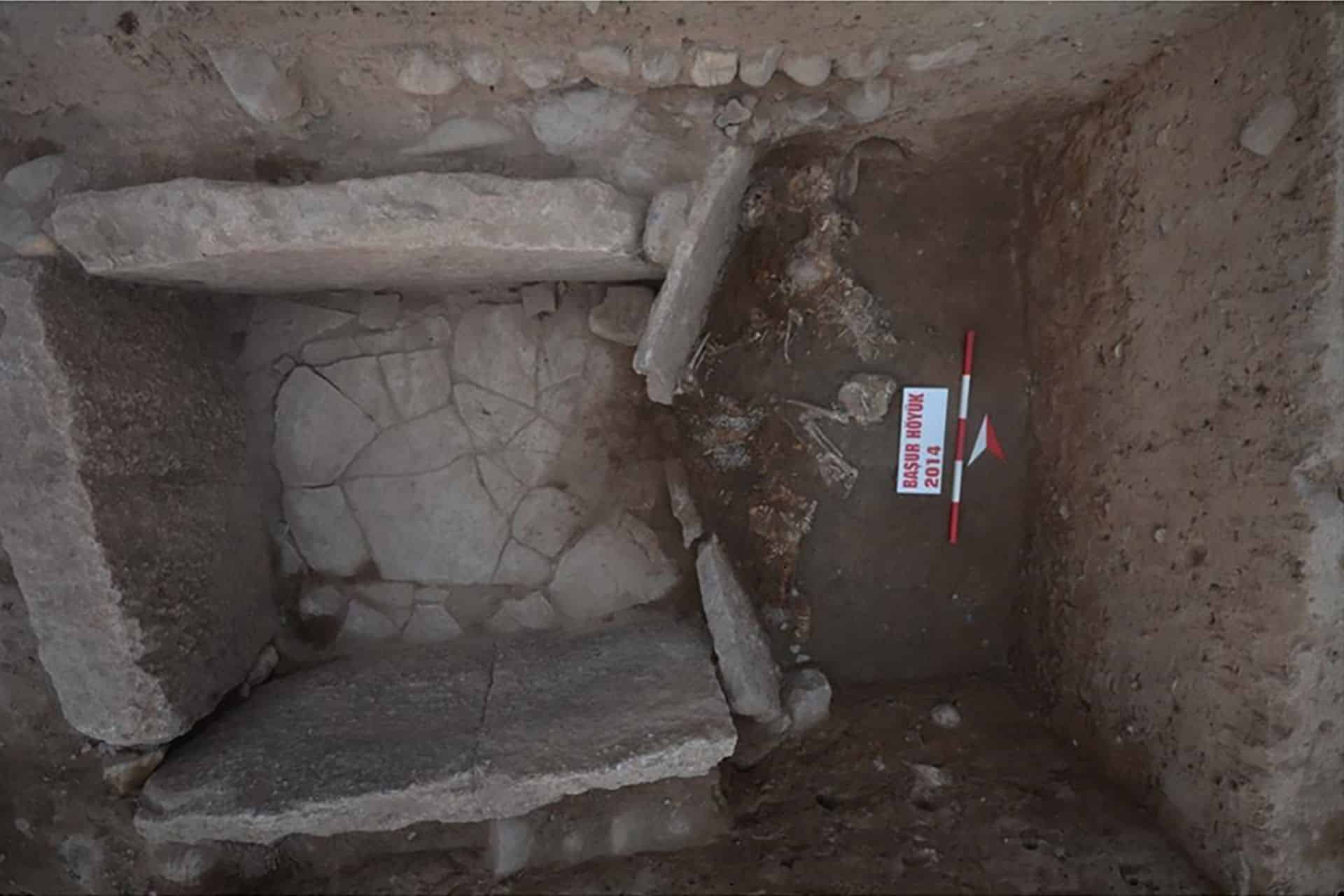

A new archaeological study has revealed that teenagers, mostly girls, were the primary human sacrifices in elaborate Bronze Age burial rituals, raising questions about long-held beliefs regarding early Mesopotamian societies.
The findings come from Başur Höyük, an ancient site near the Upper Tigris River in present-day southeastern Turkey, an area that was once part of the ancient region of Mesopotamia. Dating back to between 3100 and 2800 B.C., the site was first excavated about a decade ago. Archaeologists uncovered large stone tombs filled with copper goods, beads, and textiles—alongside human remains showing signs of violent death.
Initial interpretations of the burials suggested the presence of young royals accompanied by sacrificed attendants. That view supported the theory that early Bronze Age societies were rigidly hierarchical and led by kings. But recent DNA analysis tells a more complex story.
In a study published March 17 in the Cambridge Archaeological Journal, researchers analyzed the remains of nine individuals buried in the cemetery. The tests showed they were not related by blood and that most were adolescent females. This, according to the study, suggests that those buried were part of a broader age-based group, not simply royal entourages.
“So we are dealing with adolescents brought together, or coming together voluntarily, from biologically unrelated groups to carry out a very extreme form of ritual,” said David Wengrow, an archaeology professor at University College London. The meaning of the ritual remains unclear, but the focus on adolescence is striking.

The study introduces the idea of an “age set”—a social group based on age, rather than family or class. In more egalitarian societies, leadership tends to be based on skills or experience, rather than inherited power.
Elders may be respected for wisdom, while younger members—such as teenagers—could be valued for strength or bravery. The researchers suggest that the buried adolescents may have been initiates in a ritual group or possibly victims of inter-group conflict.
The new findings also challenge the assumption that early state systems were always ruled by kings. Instead, Mesopotamian societies may have shifted between hierarchical rule and more collective decision-making.
“The idea that humans evolved to live in just one form of society almost all the time is almost certainly wrong,” Wengrow said.
Researchers believe the cemetery represents only part of a larger social group. Others who took part in the ritual may have survived and reached adulthood. Additional studies are underway, including chemical analysis of the bones, to learn more about where these individuals came from.
Few archaeological studies have focused on teenagers in ancient history. However, the graves at Başur Höyük may now push scholars to take adolescence—and its social significance—more seriously in future research.
These findings reshape how experts view Bronze Age human sacrifices, especially in relation to age, gender, and social structure.
